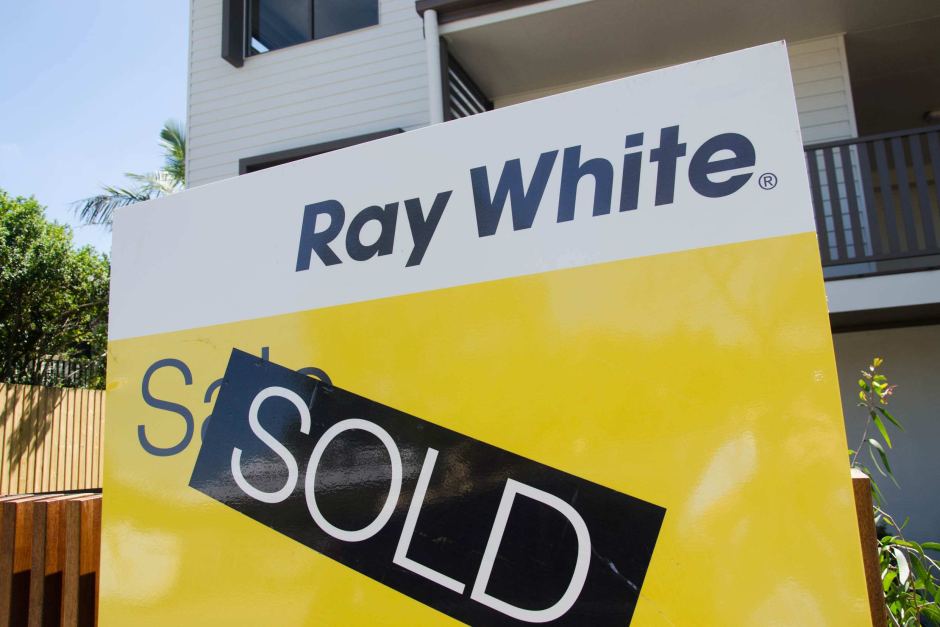Blog
Fire Alarm Festivities: Queensland’s No.1 Secret To A Hot Christmas Without the Flames!
The Queensland Christmas season is synonymous with family fun, festive gatherings, and warm summer holiday weather. However, amidst the...
Selling A QLD Property In 2026? Everything You Need To Know About The Smoke Alarm Compliance Certificate QLD And Contract Of Sale
Do I need to supply a smoke alarm compliance certificate QLD when selling my property? NO - there is no legislative requirement to supp...
Interconnected Smoke Detectors And The Home Fire Escape Plan – 4 Tips You Absolutely Must Know!
There is no point waiting until a fire occurs before figuring out what to do and where to go - especially when family members are invol...
QLD’s Cost of Living Crisis And Its No.1 Impact On Photoelectric Fire Detectors
The rise in the cost of living across Australia, particularly in Queensland, is a growing concern for families. As electricity, fuel, f...




